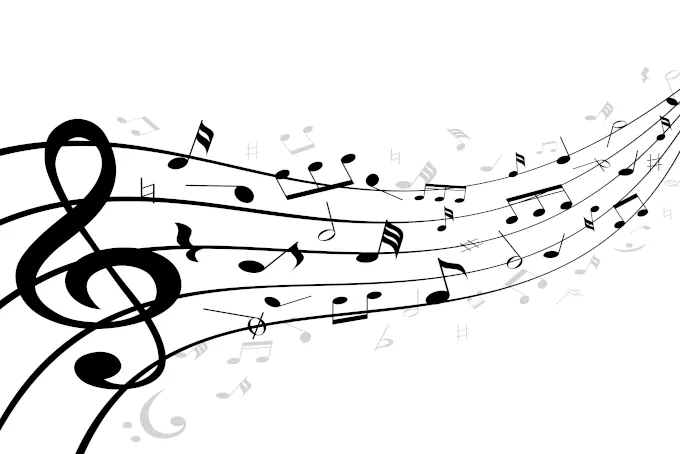Contents
Delving into music theory as a guitarist is like discovering the secret magic underlying the tunes you play. While it may appear difficult at first, understanding music theory is an essential step toward becoming a competent and well-rounded musician. Understanding musical language opens up a world of possibilities, allowing you to communicate, improvise, compose, and perform with more confidence and originality.
The Basics: Notes, Scales, and Chords
Notes, scales, and chords are at the heart of music theory. Understanding these basic building blocks is essential for any guitarist:
– Notes: Learn the names of the guitar fretboard notes. Learn the natural notes (A, B, C, D, E, F, G) as well as the sharps and flats (A#/Bb, C#/Db, D#/Eb, F#/Gb, G#/Ab). This knowledge will assist you in navigating the fretboard and understanding how chords and scales are built.
– Scales: Scales are notes that are organized in precise ways. Begin with the major scale because it is the foundation for many other scales. Learn how to play the major scale’s intervals (W-W-H-W-W-W-H, where W = Whole Step and H = Half Step) on the guitar.
– Chords: Chords are created by stacking notes from a scale. Begin with major and minor chords before moving on to more complex chord types such as dominant, diminished, and augmented chords. Understanding chord building will help you to effortlessly play and compose chord progressions.
Learn to Play the Guitar
Key Signatures
Key signatures are a method of grouping notes in a specific key. Each key has its own set of sharps and flats. Understanding key signatures allows you to identify the chords and scales used in a song. The Circle of Fifths is a graphic tool that illustrates significant links. It’s an excellent resource for learning chord progressions and modulation (changing keys within a tune).
Guitar Scale Shapes and Patterns
To play scales in different keys, guitarists frequently utilize scale shapes or patterns that can be shifted up and down the fretboard. Learn common scale forms, including the pentatonic and blues scales, which are utilized in a variety of musical styles. Mastering these shapes will allow you to confidently improvise and compose solos.
Chord Progressions and Harmonic Function
Examine typical chord progressions in a variety of keys. Understand the concept of harmonic function, in which certain chords (e.g., tonic, dominant, subdominant) play specific roles within a key. Understanding harmonic function allows you to anticipate chord changes and produce more musical and coherent combinations.
Rhythm and Time Signatures
Rhythm and time signatures are also studied in music theory. Understand how rhythms are notated and become acquainted with different time signatures such as 4/4, 3/4, and 6/8. Develop a sense of timing and rhythm to keep your performances tight and groove-based.
Ear Training and Transcription
Ear training is a necessary ability for all musicians. Improve your hearing by learning to distinguish intervals, chords, and melodies. Practice ear-transcribing tunes and guitar solos. This exercise improves your listening abilities and aids in the internalization of music theory principles.
Music Notation and Tablature
While tablature (tabs) is an easy way to learn guitar parts, you should also learn to read traditional music notation. Music notation broadens comprehension of music theory and facilitates communication with musicians who play various instruments.
Practical Application
The ultimate goal of learning music theory is to be able to apply it realistically in your guitar performance. Compose your own music, improvise solos over chord progressions, and analyze songs to grasp their underlying structure. The more you practice and execute music theory, the more natural and intuitive it gets.
Mastering music theory for guitarists may be a slow process, but it is one worth taking. Understanding the principles of notes, scales, and chords, as well as digging into rhythm, key signatures, and harmonic function, will give you a better understanding of music’s language. Armed with this information, you’ll find yourself exploring new musical vistas, expressing yourself more freely, and connecting on a deeper level with other artists. So, grab your guitar, open your mind to the realm of music theory, and let the power of music guide you on a transformational and fascinating musical journey.

